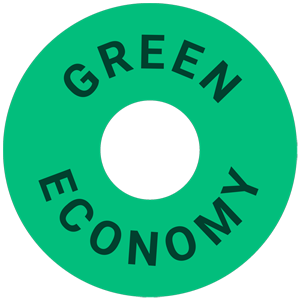What are the different LED technologies customers can consider?
Surface Mounted Diode (SMD) LEDs
SMDs are one of the newer generation LED types. The LED chips they use are the brightest and most common type, making them a popular choice for lighting large spaces. They are also more compact than other LED types making them well suited to smaller electronics and strip lighting. If colour options are important to you, SMDs are a good choice as you can put three diodes on a single SMD chip which creates a range of different colours.
Chip on Board (COB) LEDs
COBs provide a denser amount of light and can typically pack nine or more diodes onto a single chip, making them the brightest option. COBs are also adaptable to a range of different lighting types and emit a consistent beam of controlled light, providing clear optics. However, they represent much older LED tech and aren’t used as often due to their high manufacturing costs.
Dual In-Line Package (DIP) LEDs
DIPs se the original LED chips. Despite being an older LED option, they are still in use today. Their miniscule size make them ideal for built-in electronics, but their limited power mean they emit low levels of brightness.
Technological innovations in LED lighting
Bluetooth and Smart Lights
An increasing number of LED manufacturers are now designing their products with Bluetooth and Smart capabilities. Bluetooth LED lighting strips give users hands-on control over their lighting. By installing a Bluetooth LED lighting strip system, users can alter the brightness, colour, and timing of their lighting, offering a viable solution for businesses that need variable lighting solutions for their day-to-day operations, such as dimmer lighting for office spaces, coloured lighting for leisure spaces and brighter settings for boardrooms.
Smart Lighting LED systems are able to be programmed to turn on and off at a given time, or even sense the presence of a person in the room. This is useful for businesses who can use Smart LED systems to ensure lighting is only being used during working hours or while a room has people in it.
Human-Centric LED Lighting
Human-Centric LEDs (HCLEDs) represent one of the more exciting progressions in LED technology. Since LEDs are able to emit a broader, smoother colour spectrum than fluroescent and incandescent bulbs, scientists and LED developers are working to match LEDs with the natural circadian rhythms of human beings.
Quantum dots
Quantum dots are a nanotechnology hailed as a breakthrough for LED efficiency. They can be fine-tuned to emit light throughout the visibility spectrum which is significant since this technology leads to more colour options alongside improvements in the quality, uniformity and tonal colour of LEDs.





